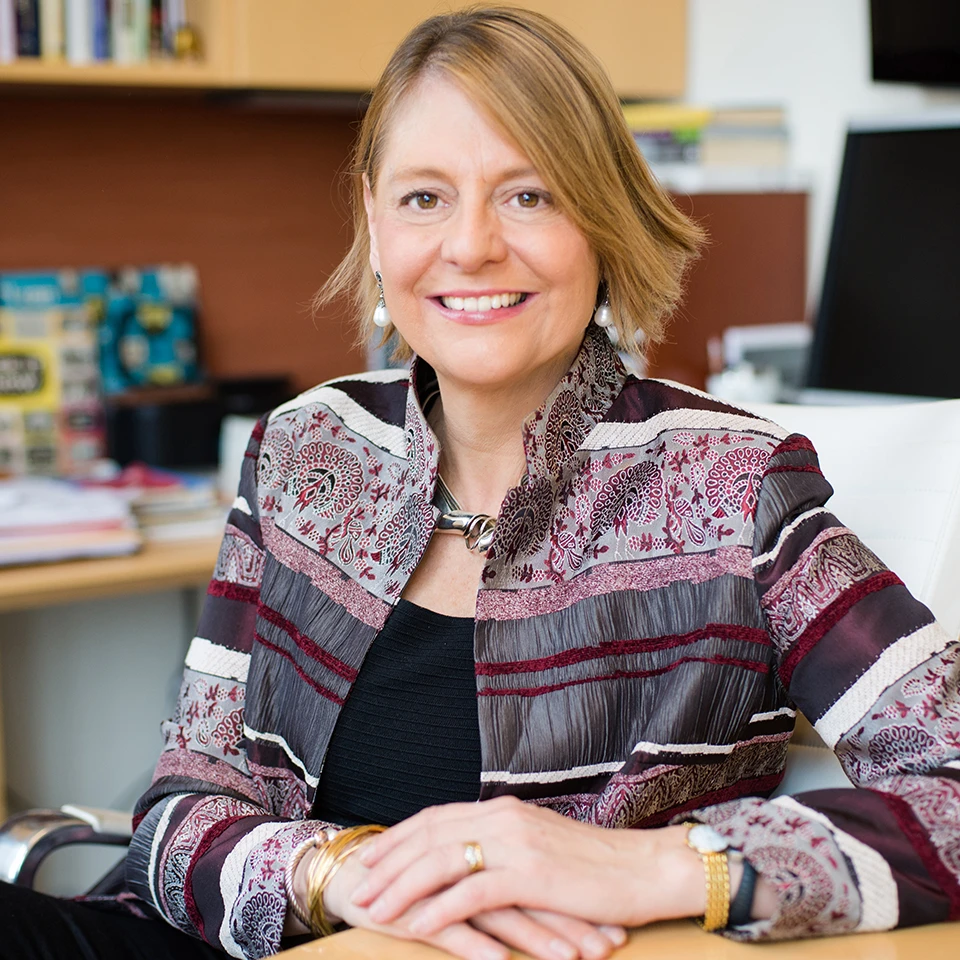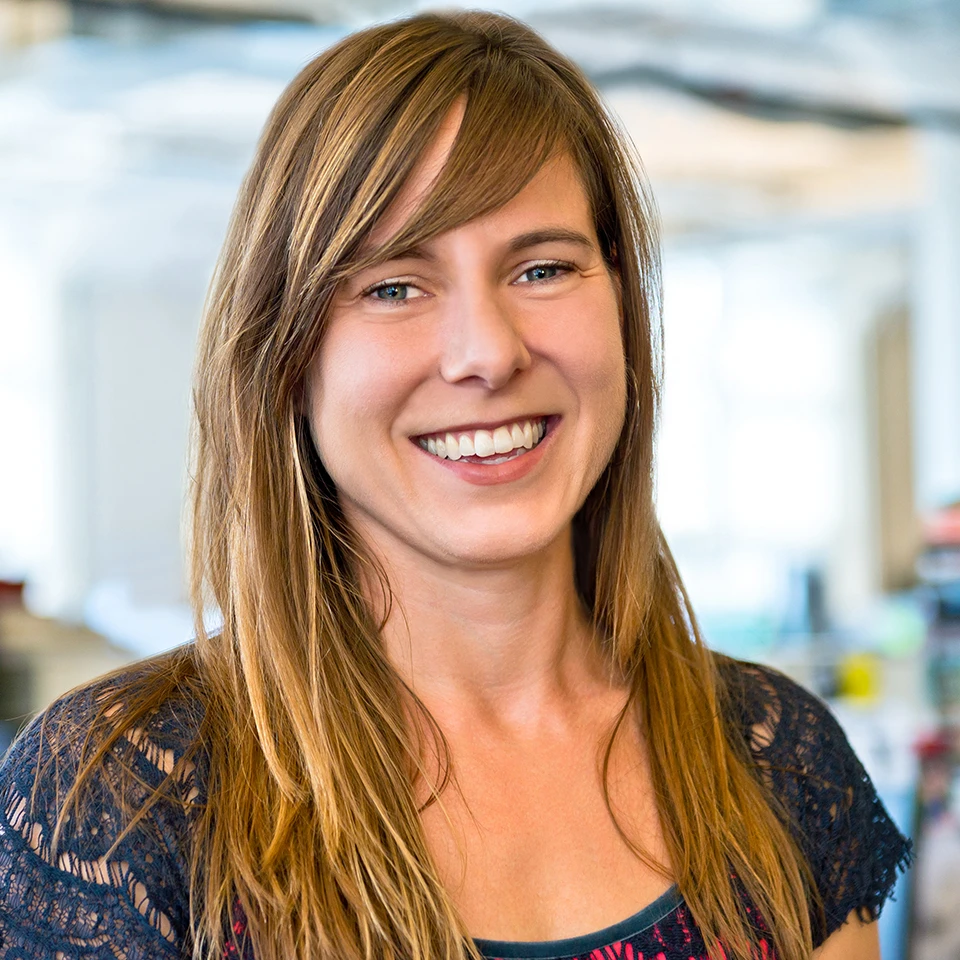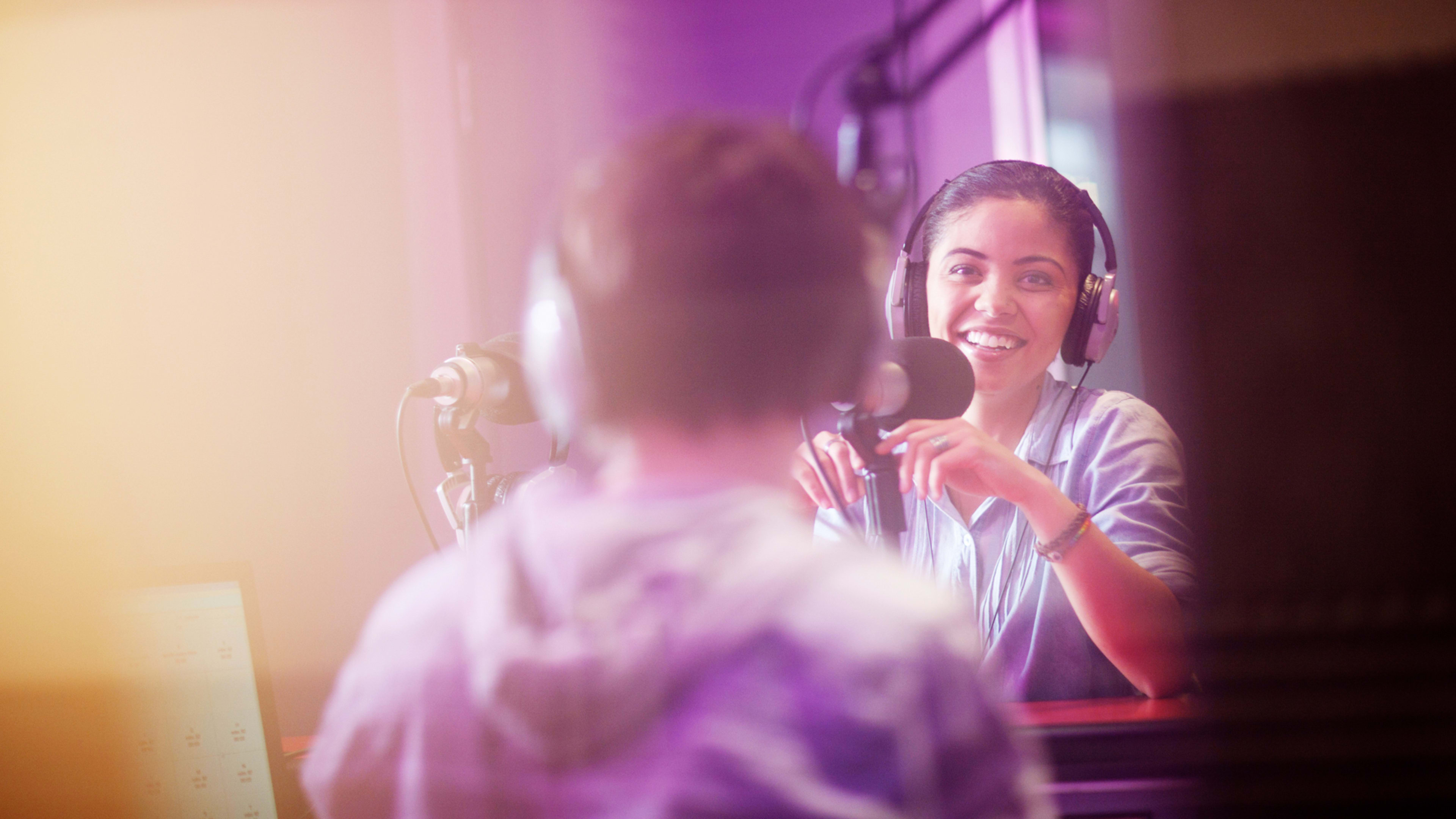One afternoon in 2004, Mikel Ellcessor walked into his boss’s office with a big idea.
At the time, he was the head of local content for New York public radio station WNYC. It was making all sorts of interesting shows, but connecting them with the right audience could be difficult. Distributing them outside of New York was complicated and time-consuming, and involved convincing a big group of people working at local public radio stations around the country that a new show was worth their time (and money). It was as if the people behind Parks and Recreation had to meet individually with someone at every TV station from Akron to Miami to Seattle just to get on your TV.
Ellcessor thought he’d found a solution: a crazy, fringe, Internet phenomenon called podcasting.
Today, podcasting has put public radio–usually one of the sleepier corners of media–at the white-hot epicenter of pop culture. This is mostly thanks to one thing: Serial. The real-life murder mystery podcast produced by This American Life became a national obsession last year, amassing well above 20 million downloads in just a few months and along the way making podcasts one of the most exciting areas of emerging media. According to figures from the media analysts at Edison Research, more than 15% of Americans are now regular podcast listeners, a total of 40 million people, and interest in podcasts–and the potential money there–is growing fast.
Back in 2004, nobody in the room knew what Ellcessor was talking about. “I think I’d read one thing about podcasts before then,” recalls the person to whom Ellcessor was pitching, the station’s CEO, Laura Walker. “I remember him saying something like, it’s catching on in Europe.”

They decided to give it a shot.
The new format proved popular right from the start. Within a few weeks of offering its first podcast–a replay of their media-industry show On The Media–the podcast “had added listeners that were an equivalent of adding several large public radio stations,” to the show’s distribution, says Ellcessor.
WNYC is betting big that this trend will only continue. Since 2008, it’s launched every new show as a podcast first, with its presence on the radio secondary. Walker, still the station’s CEO, said that WNYC’s podcasting operation–including shows like parenting program The Longest Shortest Time, Alec Baldwin’s interview show Here’s The Thing, food program The Sporkful, and a new program Death, Sex & Money, about, well, you know–is “like another radio station.”
WNYC’s 12 podcast-only or podcast-mostly programs generate roughly 10 to 15 million downloads per month. That number has been growing each year by 30% to 40 % since 2011. Only about 15% of these listeners come from the New York City area. Two of its shows–Freakonomics Radio and Radiolab–-are especially big hits. They’re perpetually among the country’s most popular, consistently in iTunes’ top 10, and were among the most downloaded podcasts of the 2014 as tracked by iTunes. This marketplace dominance rivals much larger institutions, like the entirety of National Public Radio. As of this writing, NPR has three podcasts in iTunes’ top 10, including the new show Invisibilia, which you could almost count as a WNYC show; it’s co-produced by veterans of This American Life and Radiolab, shows from which it seems to draw much of its DNA.
So how has WNYC, a single station in New York with a 2014 operating budget of less than a quarter of NPR’s cash, come to be such a major podcasting player?
Put simply, it believes podcasts are the future of radio. “Radio isn’t going anywhere, it’s going everywhere,” says WNYC’s Chief Digital Officer Tom Hjelm, repeating a trendy radio industry aphorism. As our devices increasingly communicate freely and easily with each other, playing a podcast in your car or on your home stereo will be as easy as playing it on your phone, a future many of WNYC’s executives are anxiously awaiting.
Podcasts have flattened the distribution of programming, and that allows a station like WNYC–which has already fronted the primary cost of going into podcasting, buying high-quality audio equipment–to produce much more content than it could ever put on the radio. Instead, its shows can find the people who like them online, at a very low cost.
“You can go out and create something with very little fuss, and reach a significant audience,” says that station’s Chief Content Officer Dean Cappello.”Or at least an audience that’s significant enough to keep you going.
The business of podcasting is still in its infancy. Even measuring a download is difficult and filled with unknowns; one user or bot, for example, may repeatedly download a single file, possibly only because she is having trouble playing it. How should that be counted? The station itself isn’t sure, and can’t say with any certainty how many downloads they’re generating. When pressed, they can’t be more precise than the startlingly wide range cited above (though they say that somewhere in the middle, about 12 million, is probably correct). Still, WNYC has managed to monetize its podcasts relatively successfully. According to internal figures, podcasts account for a full 20% of the station’s underwriting revenue, or $3.1 million of its $15.9 million total in 2014. According to WNYC, almost its entire staff works on both podcast and broadcast properties, which makes the breaking out the podcast-specific costs necessary for a clear cost analysis difficult.
While revenue is vitally important, the aspect of podcasting everyone at WNYC seemed most excited about is the chance to grow a large, international audience for programs they can’t regularly fit on the air in New York. At most organizations, you can take these kinds of altruistic declarations with a grain of salt. WNYC might just be the exception.
“It continues to impress me and move me how the unique compact we have with our audience really plays a role in our daily decisions about what kind of business we’re running,” said Hjelm. “The quality of the content, the special qualities of the unique voices that we’re putting out there, are definitely a unique factor.”
Perhaps this is why the aspect of podcasting the station has put the most thought into is what makes a podcast different than a radio show and is using the expertise to lead the field.
Jad Abumrad, one of the hosts of Radiolab, thinks about little else. “Thank fucking God for podcasting, honestly,” he says, sitting beneath a framed and signed poster for The Simpson’s Treehouse of Horror XXI in his small office. “If it wasn’t for podcasting, I wouldn’t have a job.”

Abumrad has been producing Radiolab since 2002. His show was struggling before podcasting, he admits. “We’re a bad fit for the radio,” he admits. “The density of sounds, the way it’s produced, it’s kind of annoying to listen to on the radio. When I hear us on the radio, I get maybe 10 minutes in, and I’m just like, Oh God, stop.” When On The Media began podcasting in 2004, he was immediately intrigued. Podcasting “justified the level of care we put into these things,” he says, referring to his show’s intense level of audio production. “The culture of radio up until podcasting was pretty much just like: turn on the mic and speak. And any production or moviemaking that went into it felt gratuitous and hard to justify. Somehow, it’s easier to justify with podcasting.”
He has a singular take on podcasts’ appeal that’s all about mental geography. “When I’m listening to something, I think about the room in which it’s happening, and where am I in the room?” he explains. “So, when I listen to Terri Gross, I think about, am I actually on the couch next to her? Am I standing across the room? Am I sort of outside in a window peeking in? Most of the time in podcasts, it’s a small room, and you’re right next to them. There’s something about the feeling you get listening to good podcasts–you’re just right on the couch with them.”
This idea–the intimacy of podcasts–came up again and again around the station. The process of choosing a show, downloading it, and listening to it in headphones which may be literally inside of your head, produces a uniquely personal listening experience which the station tries to recognize and honor in their work.
Another key to a great podcast is to produce something timely but not so wholly of-the-moment that it loses its appeal after a few days or hours.
“It’s hard to start to say what’s news and what’s not,” says Cappello. “I think what we’re producing largely is somewhere in the middle. It’s topical, it’s information-driven, it’s analysis. It’s not clear how you categorize Radiolab, or Freakonomics. It’s highly analytical, it definitely appeals to people who like news and information.”
This idea reflects a broader shift in the mission of the station as a whole. Its current mission statement is: “To make the mind more curious, the heart more open, and the soul more joyful through excellent audio programming that’s rooted in New York.” The words “news” or “information” are very pointedly not included.

The station is also always looking to the future. Anna Sale, whom Cappello casually referred to as a “rising star,” hosts the new WNYC podcast Death, Sex & Money. She started work on the show after winning a station-wide competition looking for new podcasts. Executives liked that Sale’s concept–conversations with a range of celebrities and regular people on the intimate sphere of their lives–could appeal to women, and that Sale herself would host (WNYC prides itself in countering the overwhelmingly male podcasting culture). Is she worried that this interest in podcasting is momentary, and that the world’s attention will drift away?
“I feel like it’s not a bubble because it’s about people discovering that they get to be in charge of what they want to listen to,” says Sale. “I think people’s taste in podcasts may change, but I think it’s a good time to be podcasting, because people are realizing that there’s a lot of interesting stuff out there.”
No surprise, then, that Sale’s bullish on podcasting. To her, and to the rest of WNYC, that doesn’t mean much beyond making great programming, and getting it to people in a whole new way. Maybe that’s why they’re so successful at it. When I ask Sale if she has other responsibilities at WNYC, she slowly shakes her head no, a massive smile spreading across her face. “This is my job.”
Recognize your brand’s excellence by applying to this year’s Brands That Matter Awards before the early-rate deadline, May 3.
